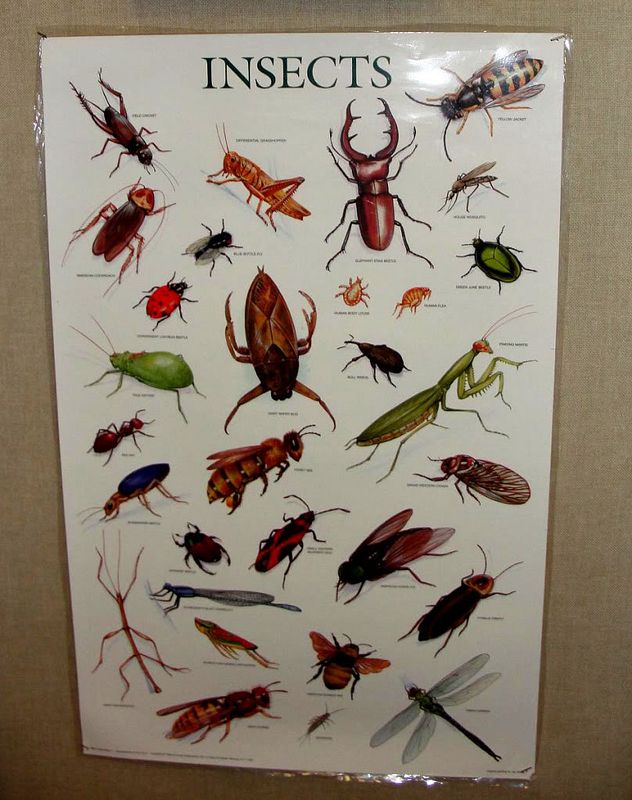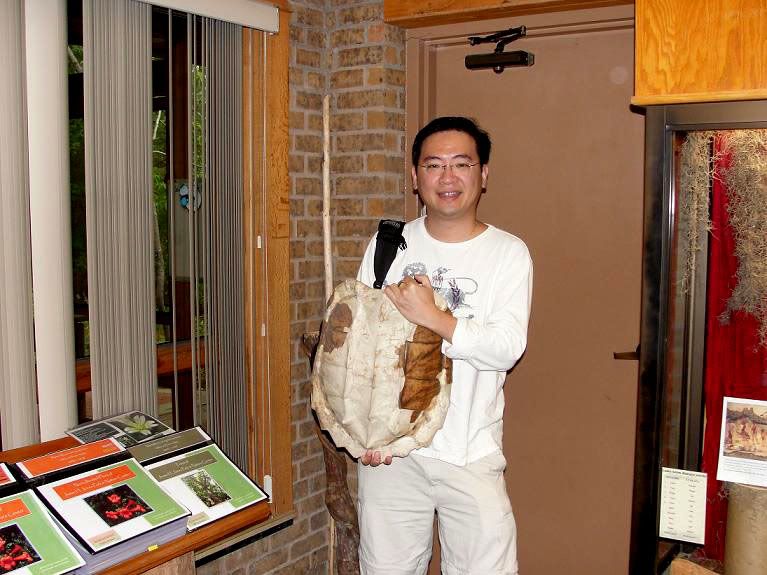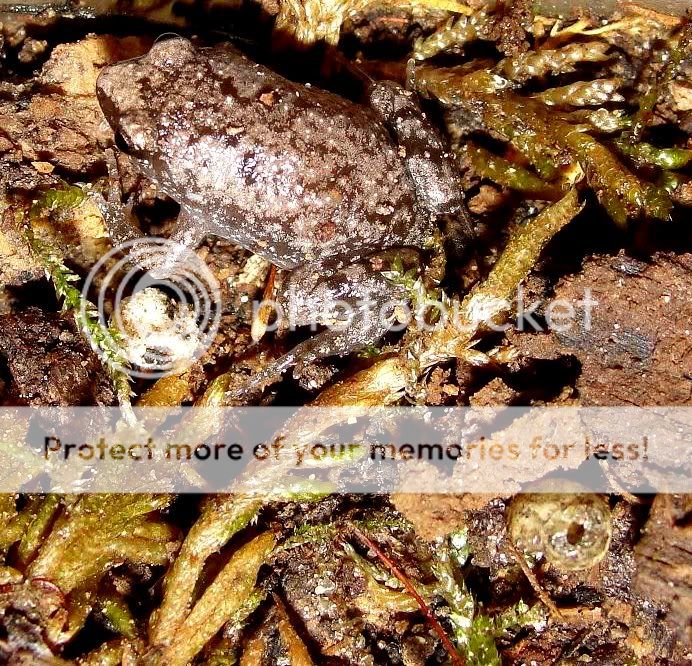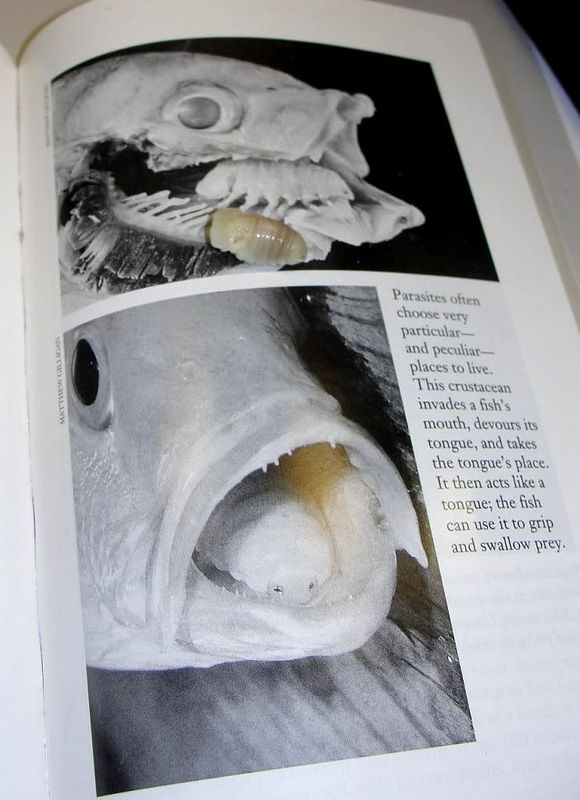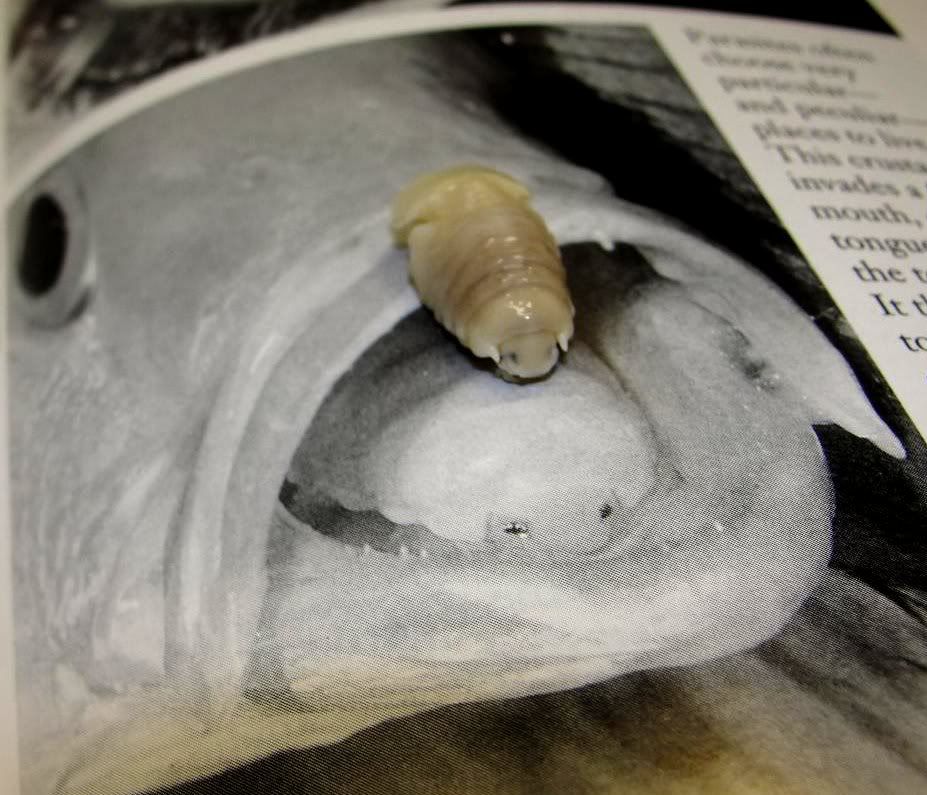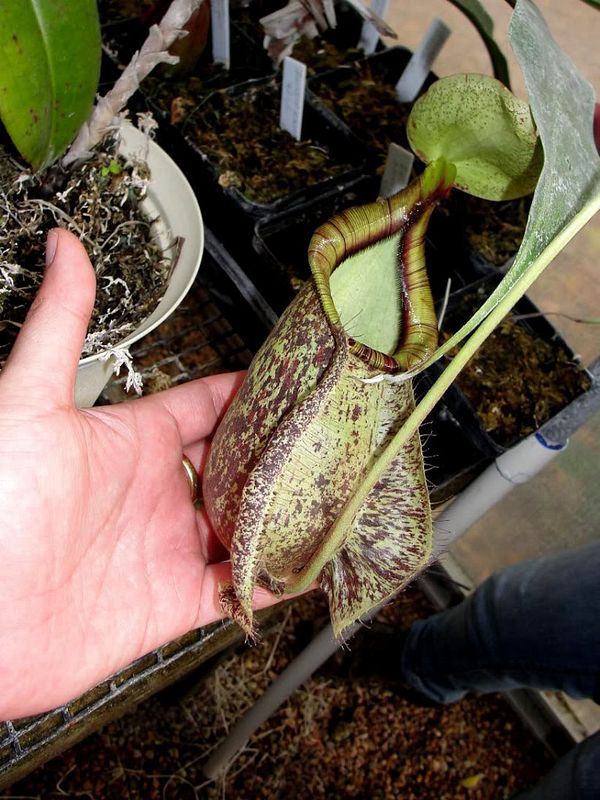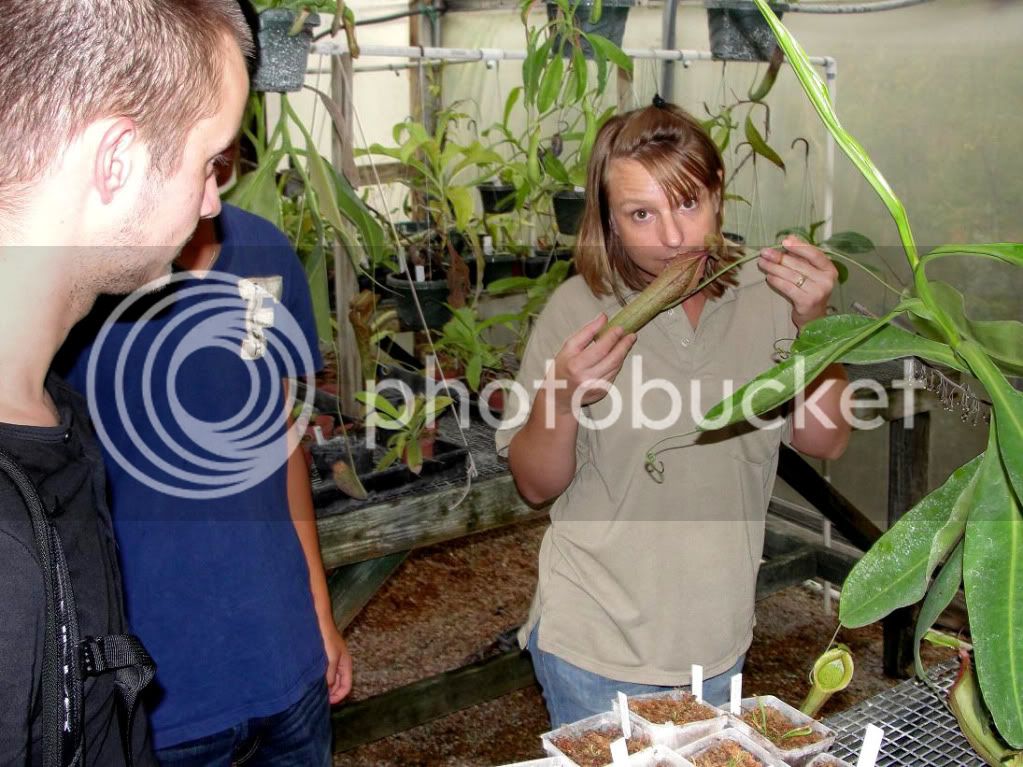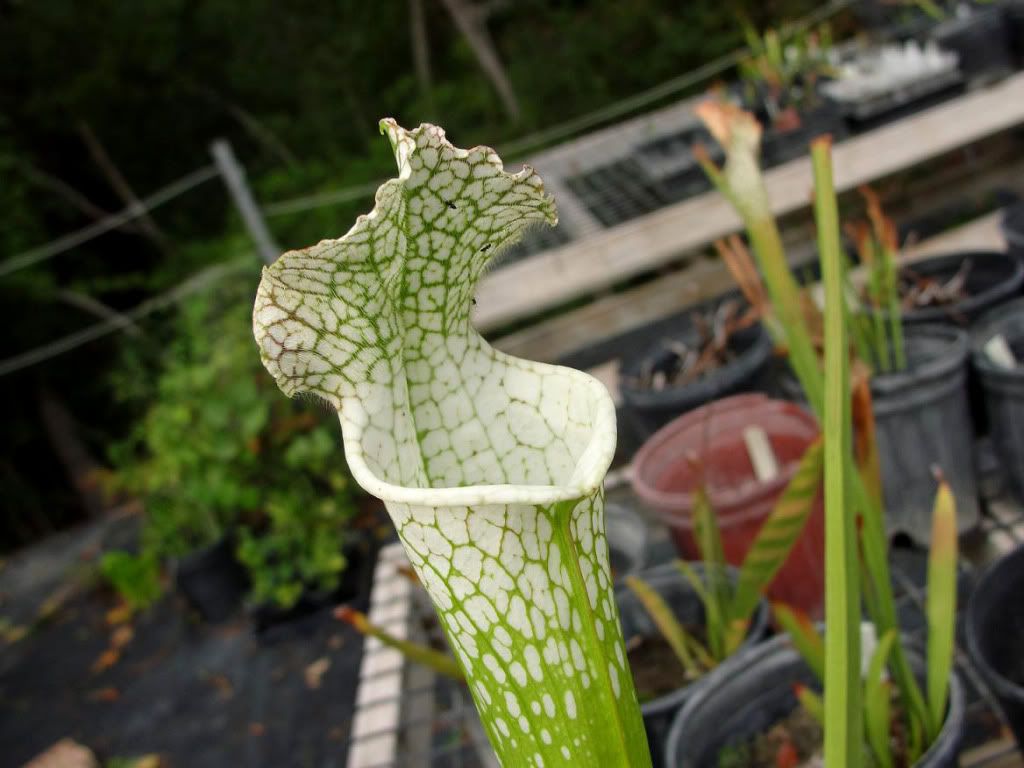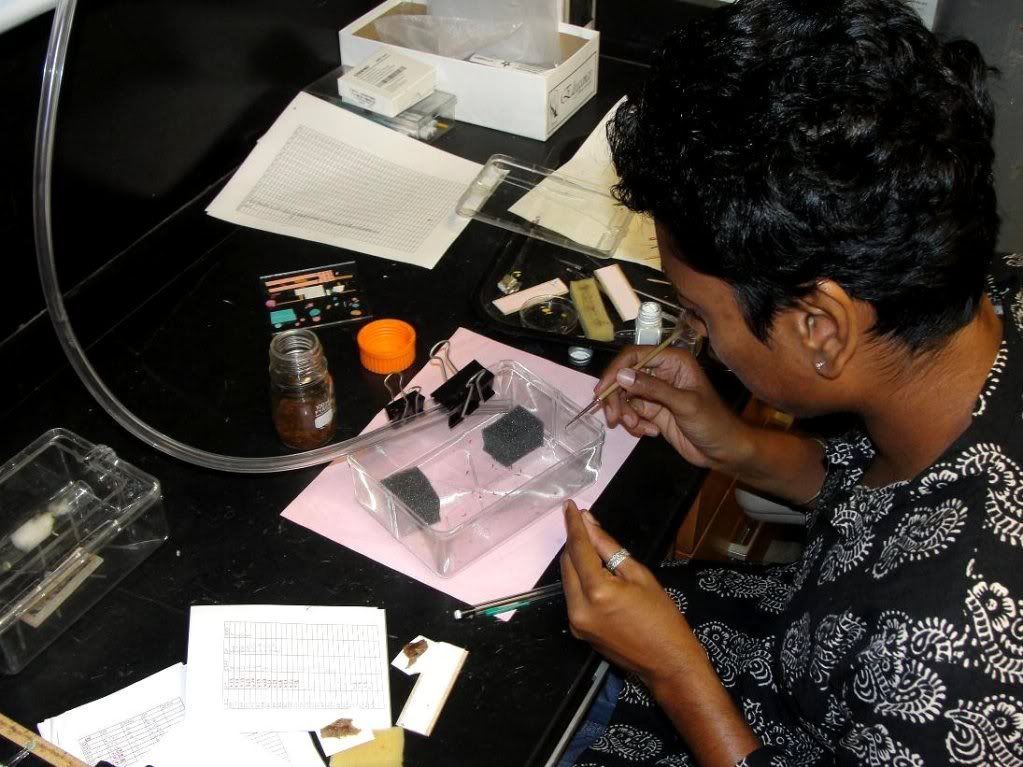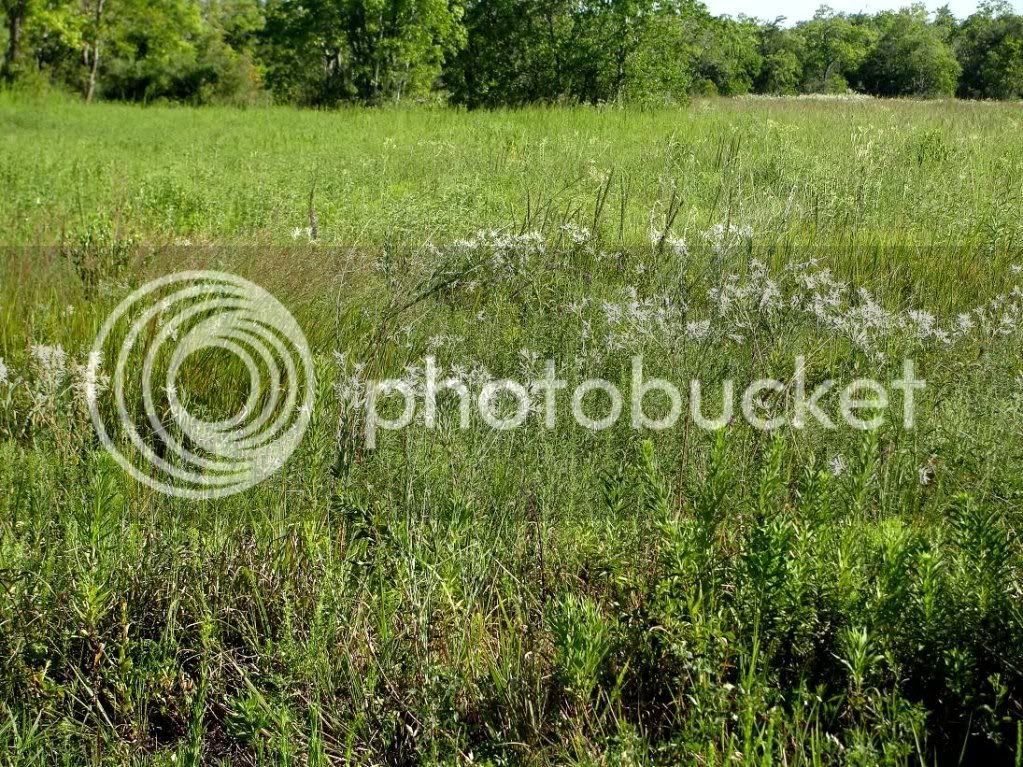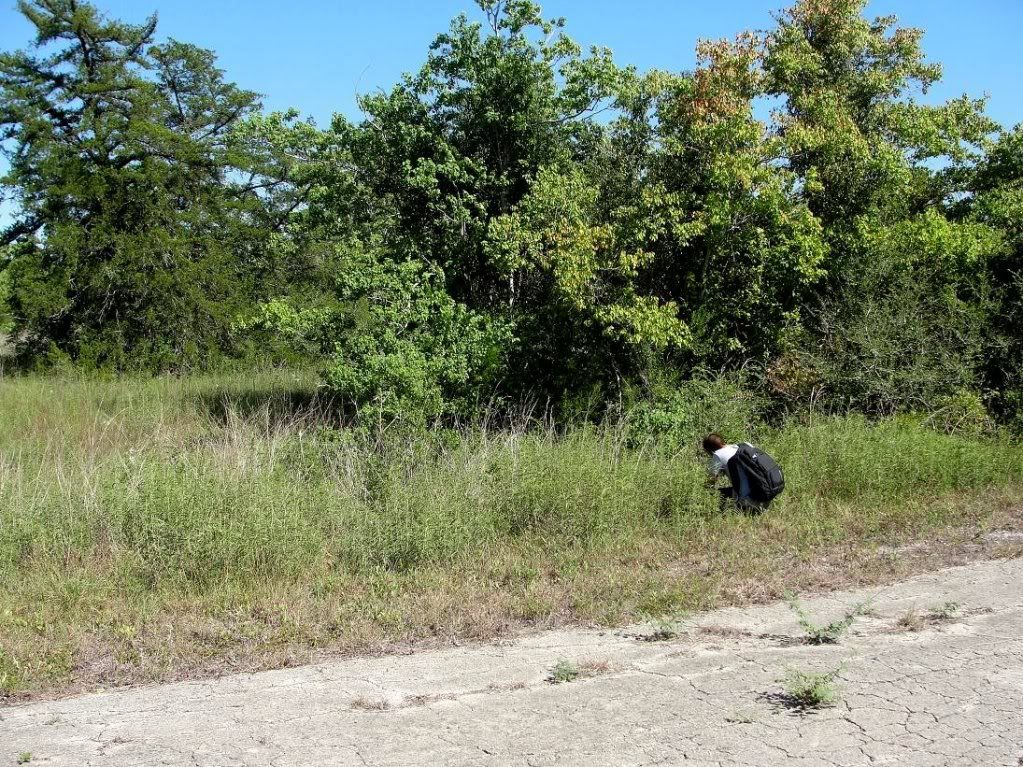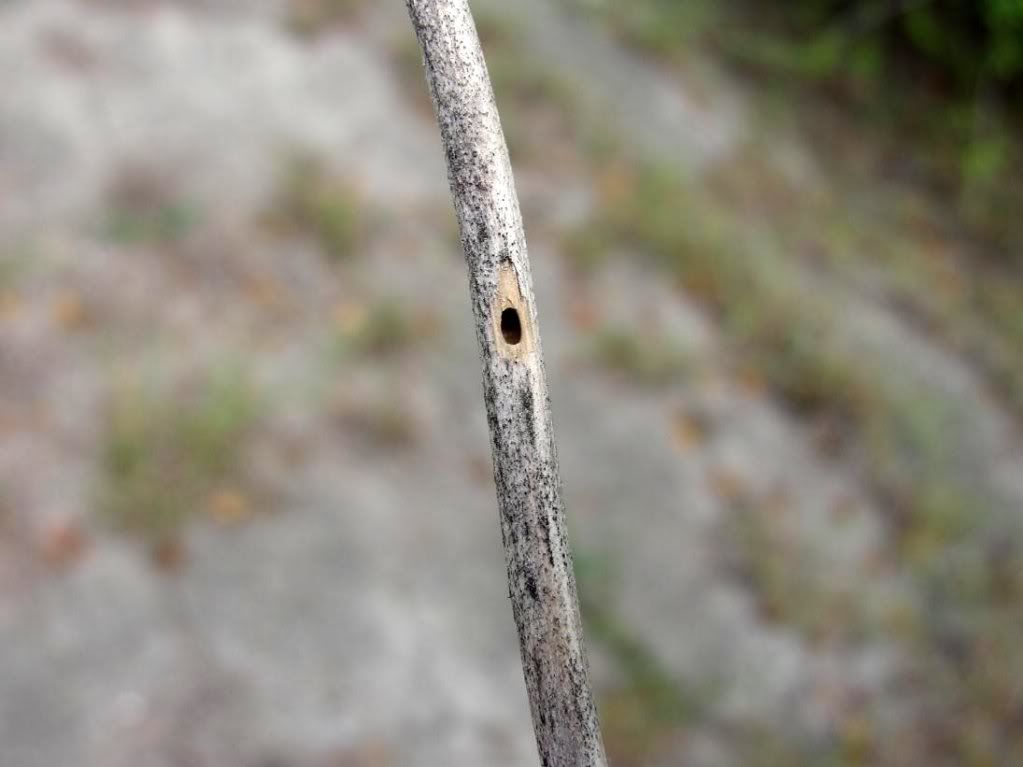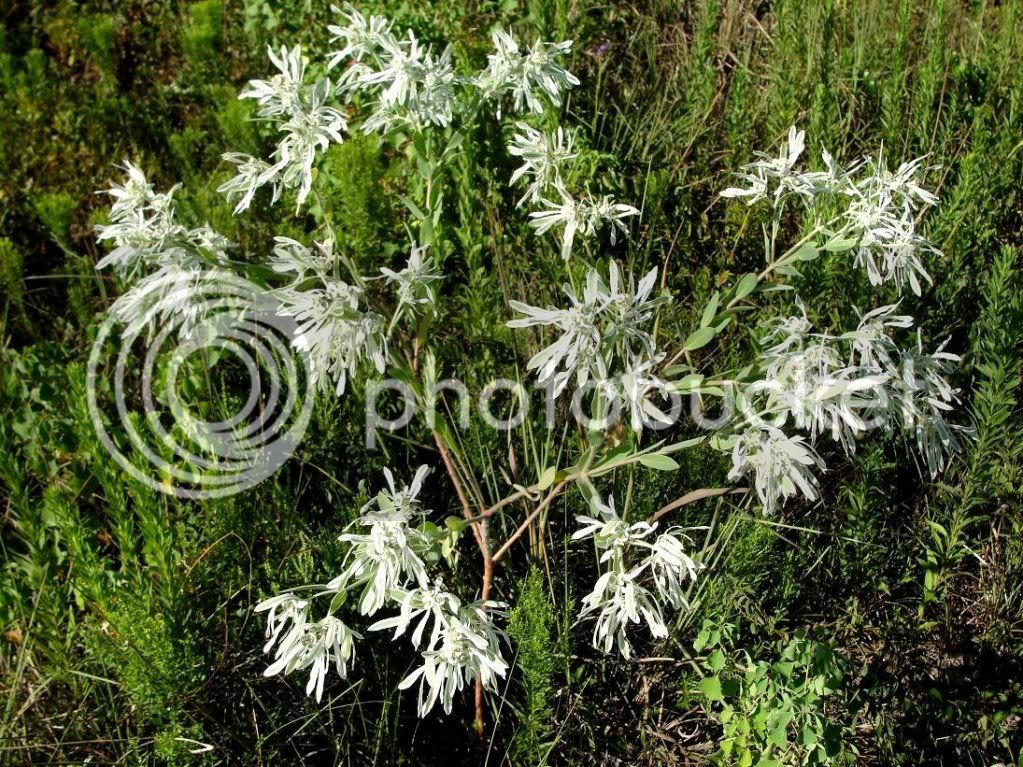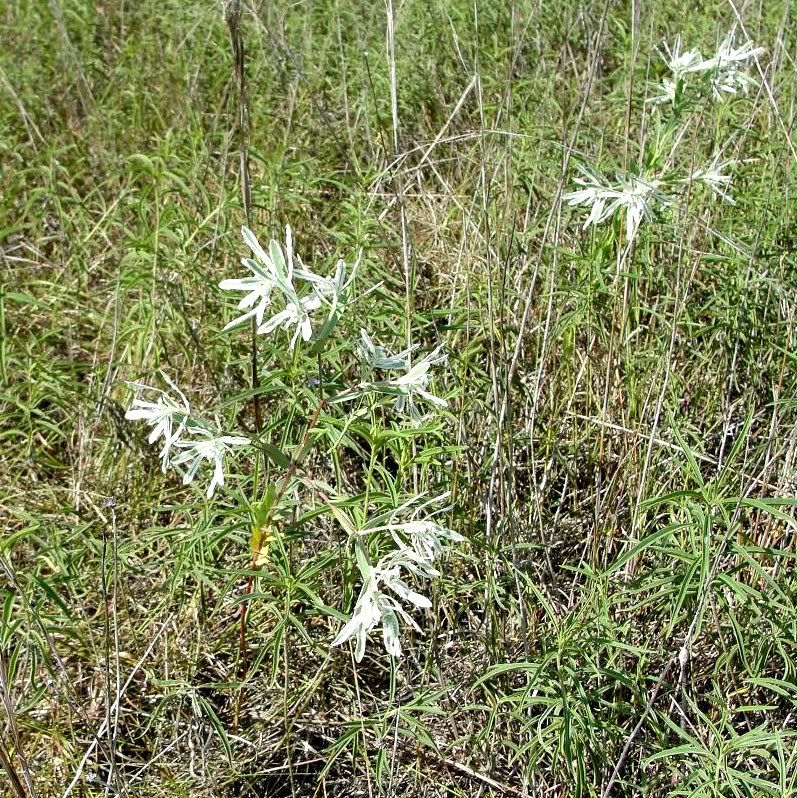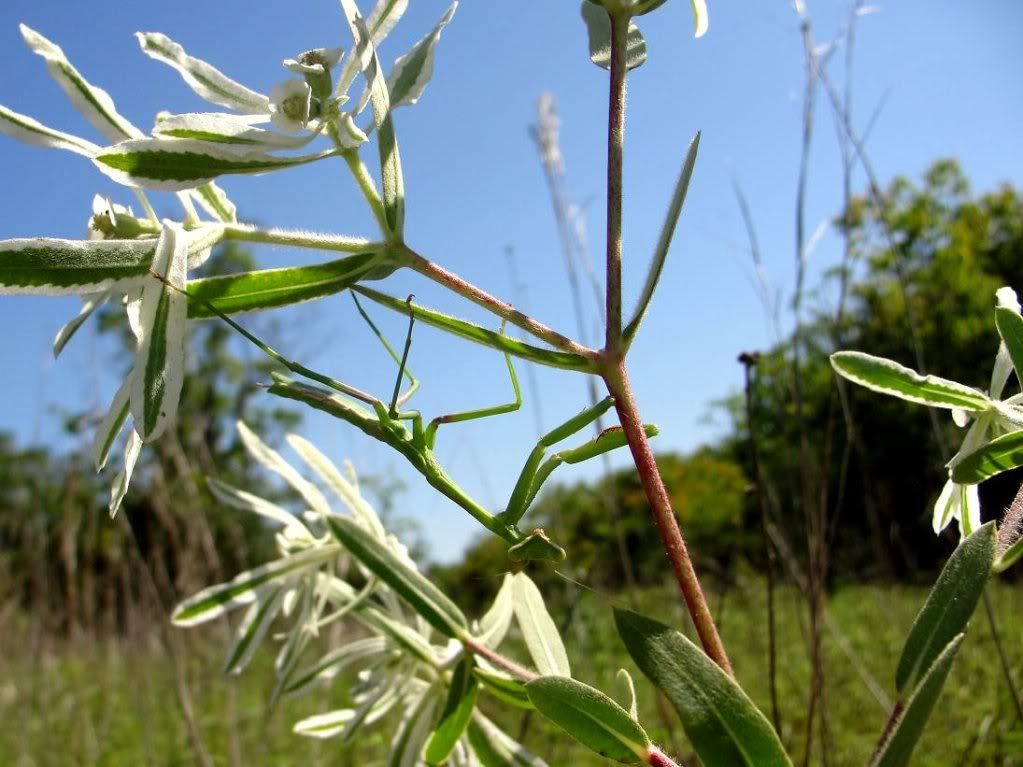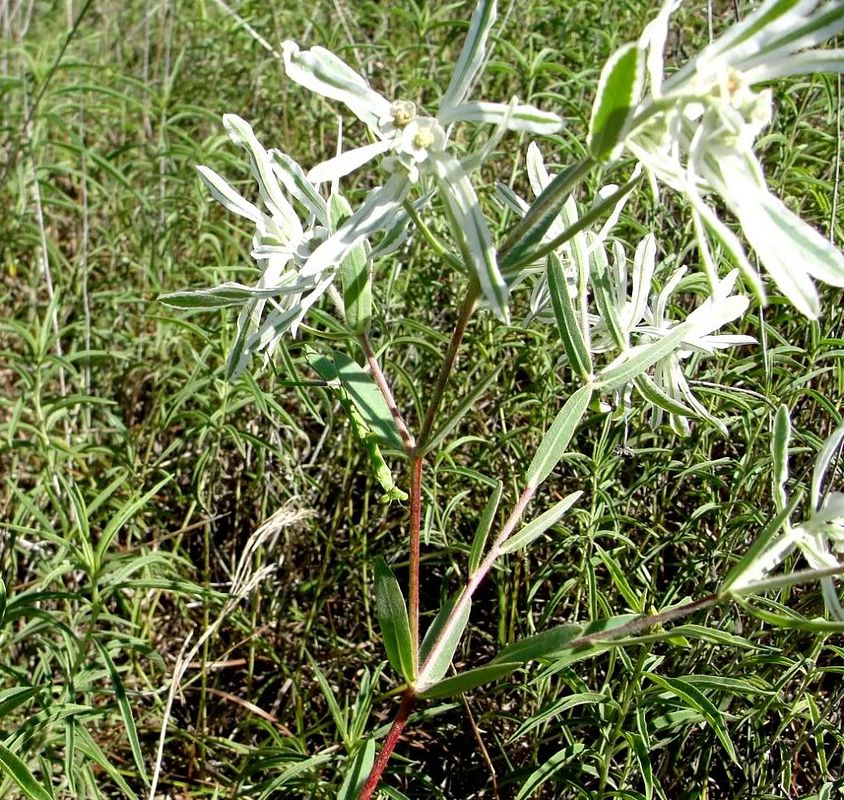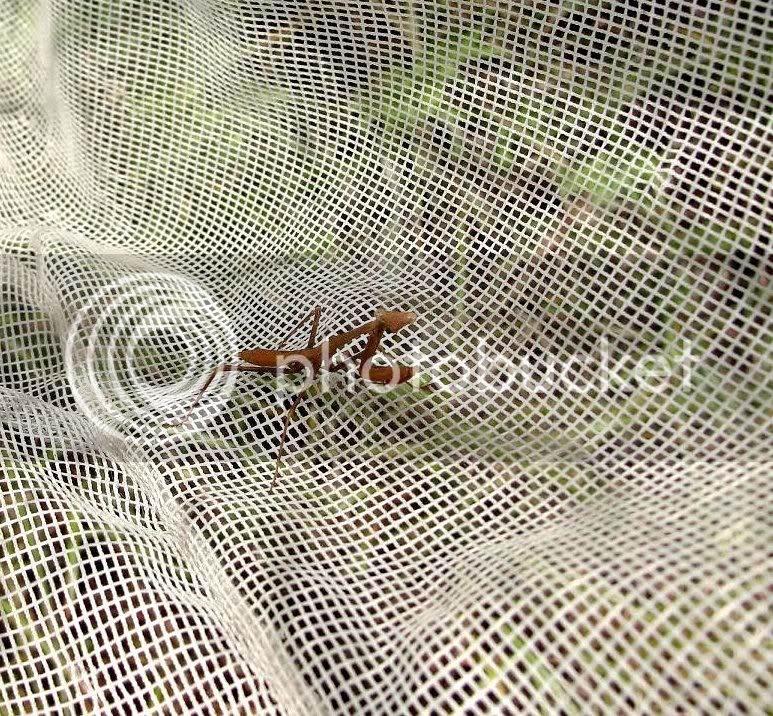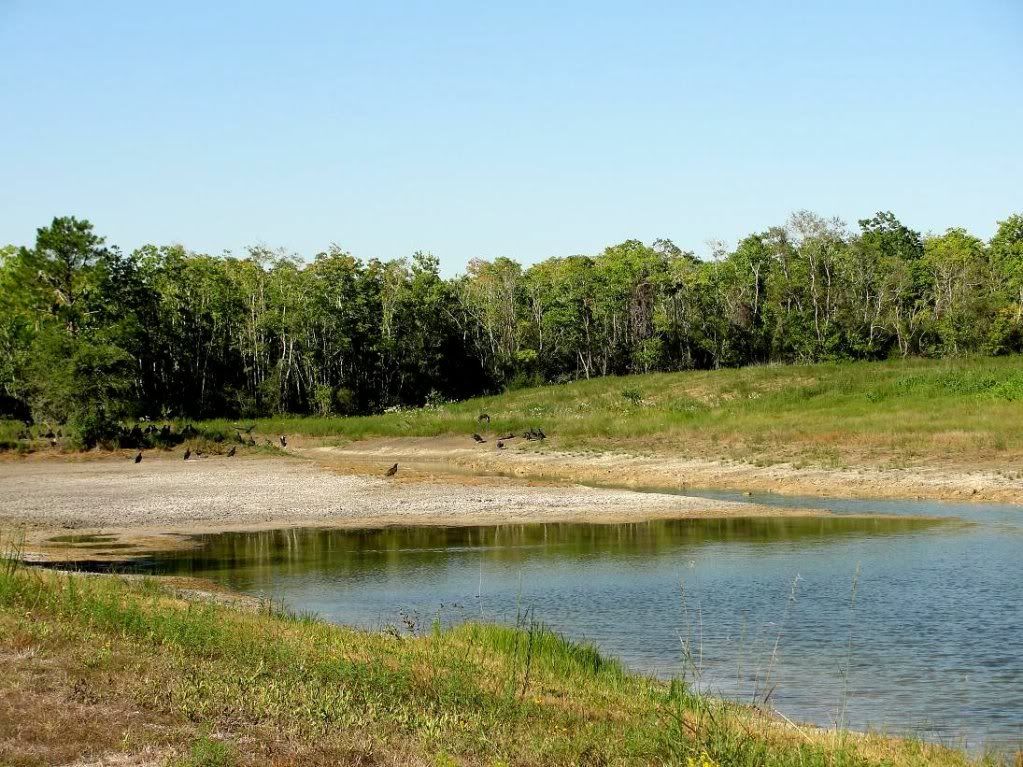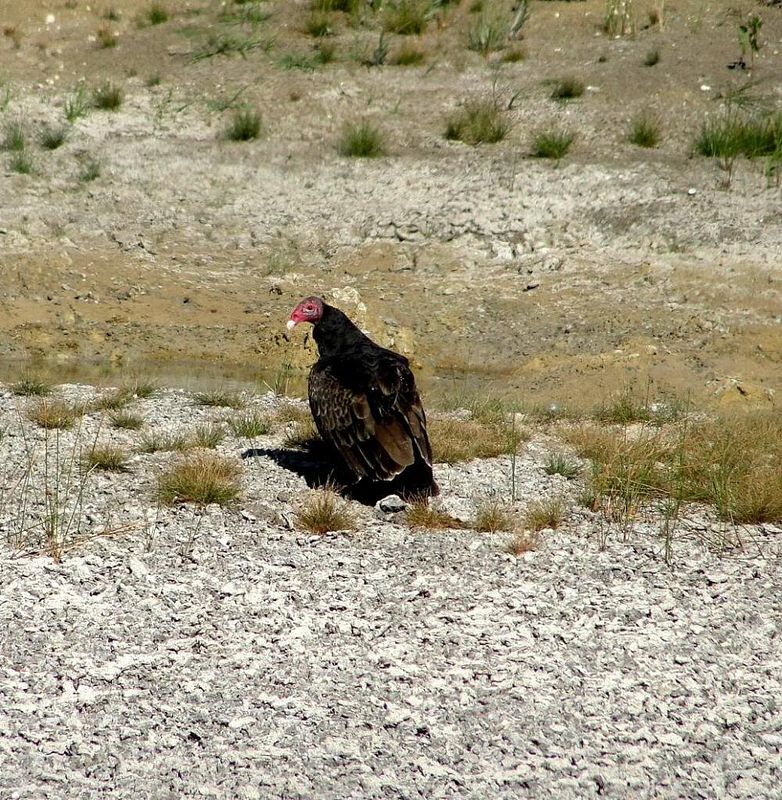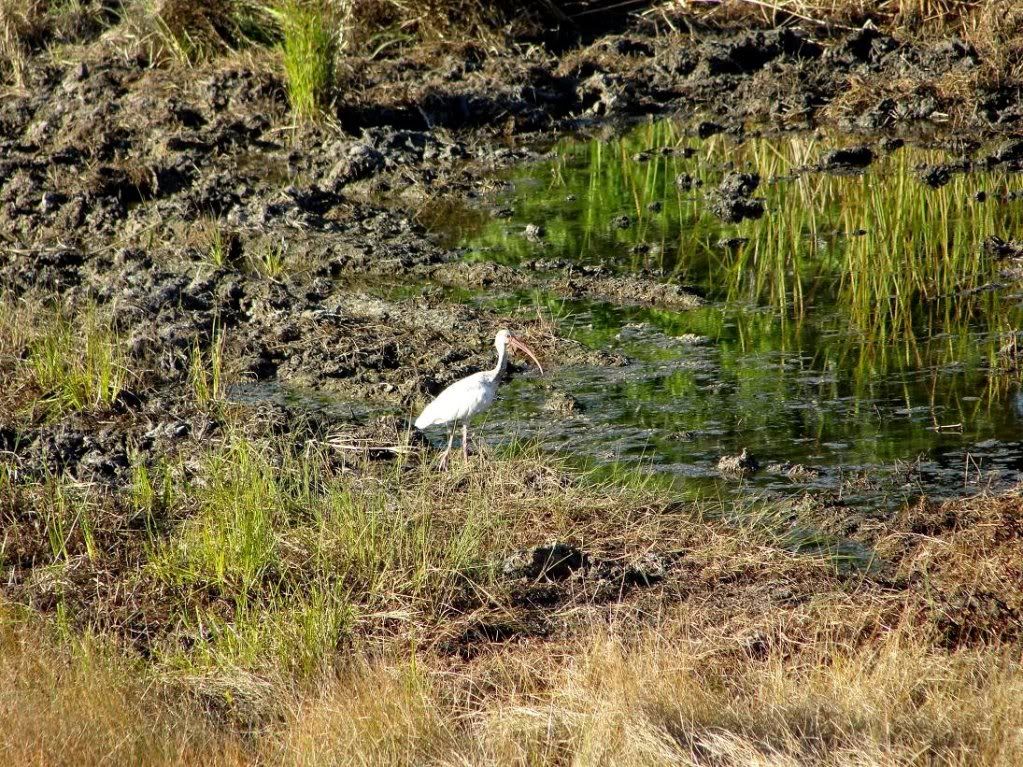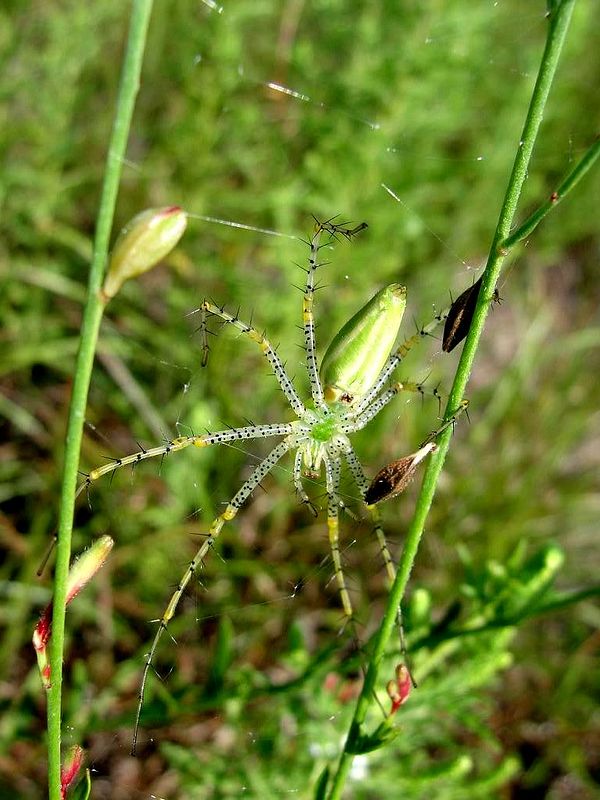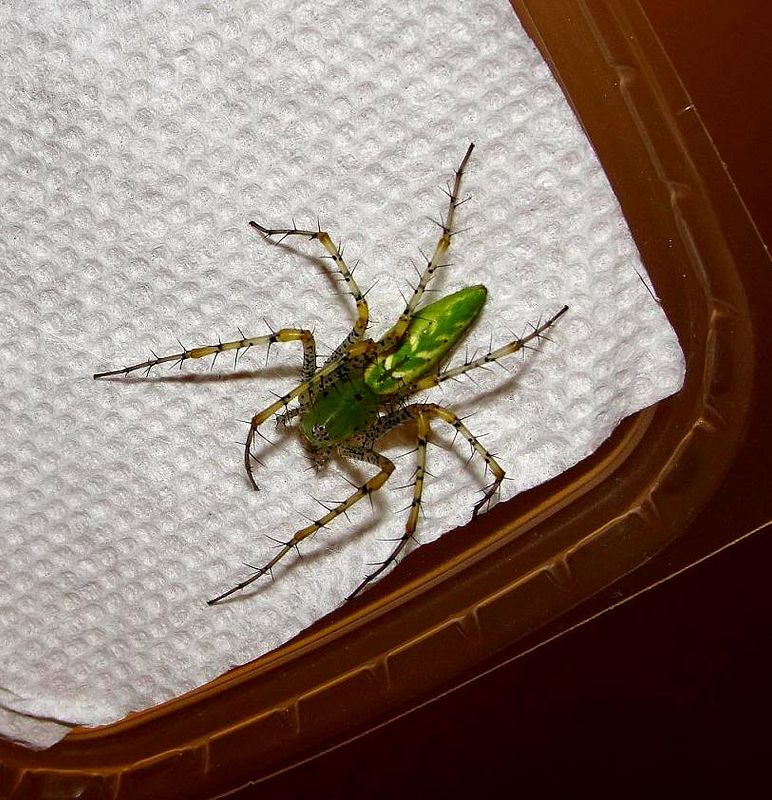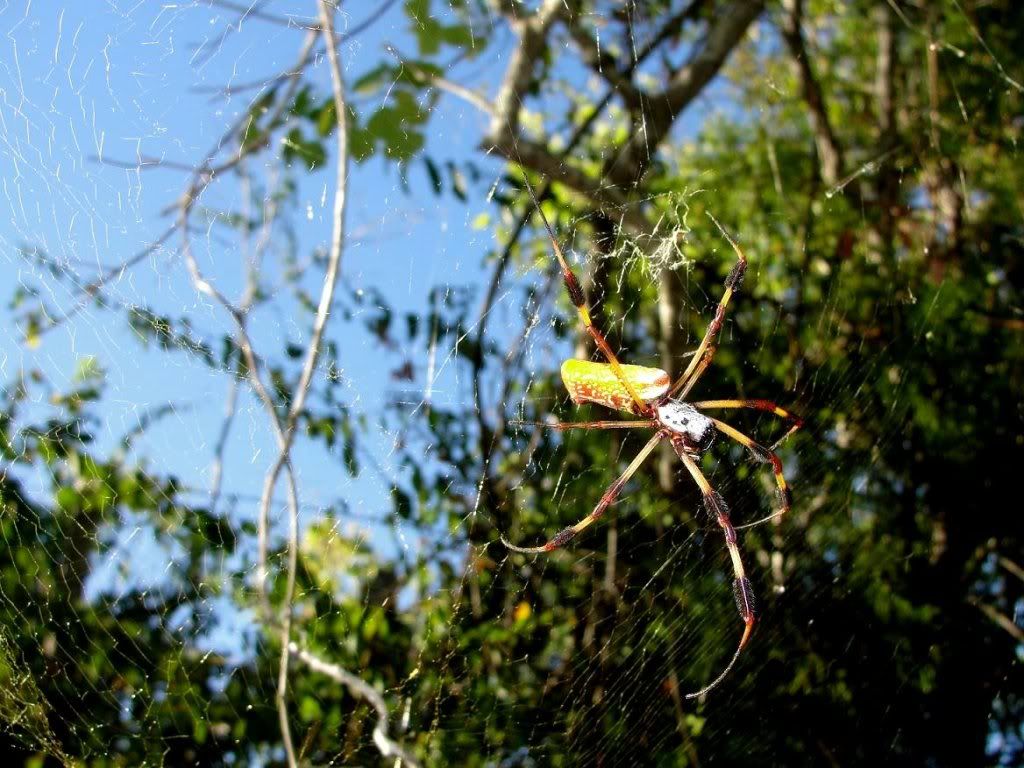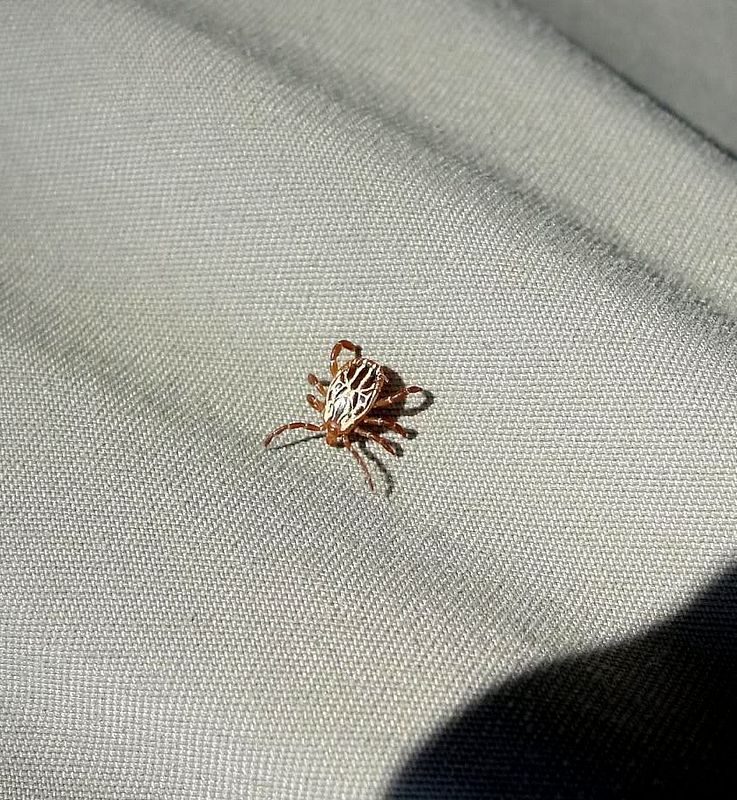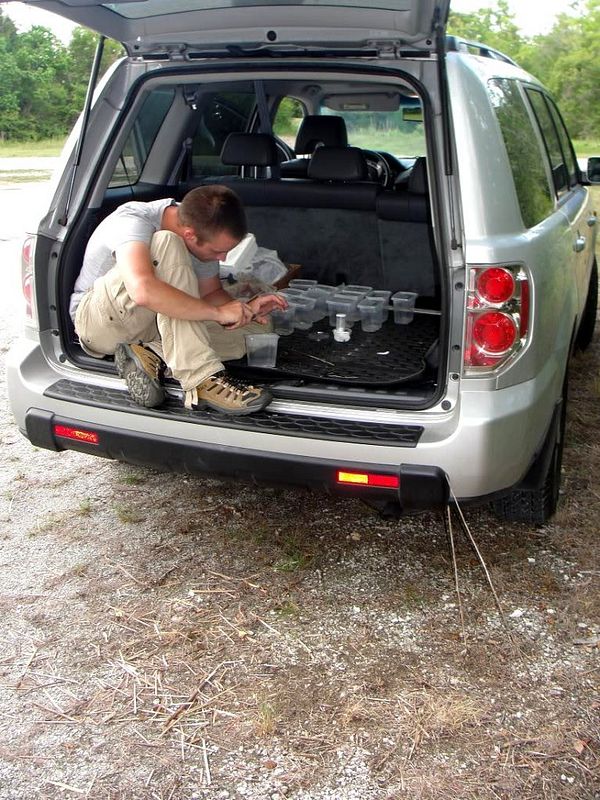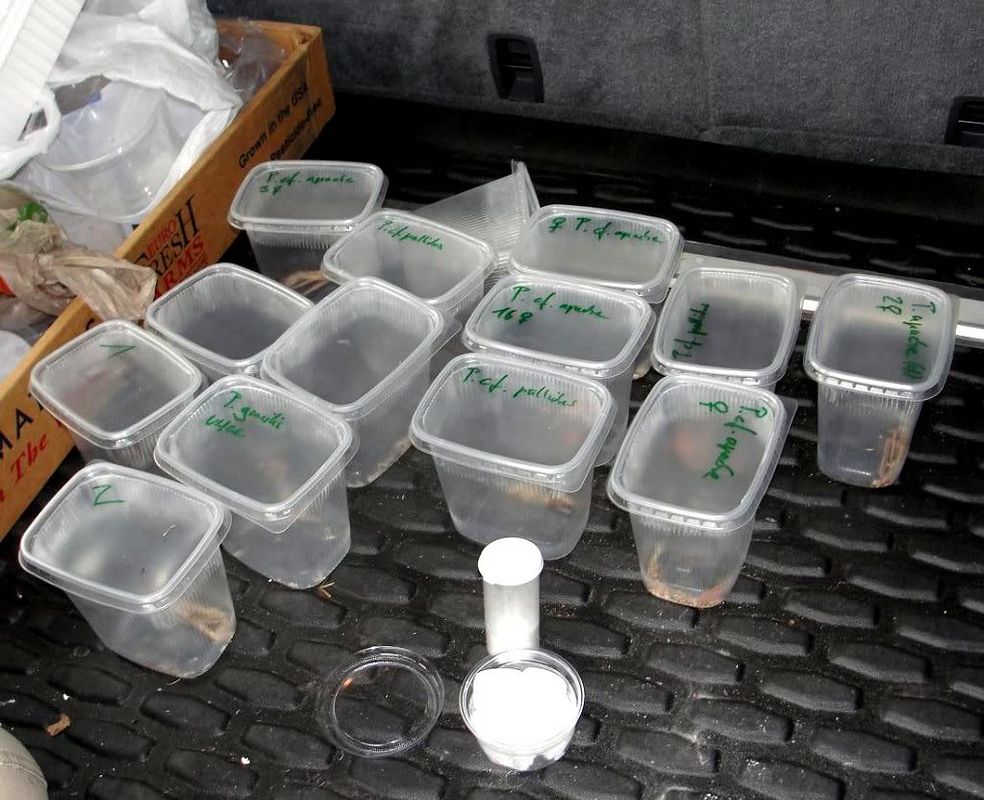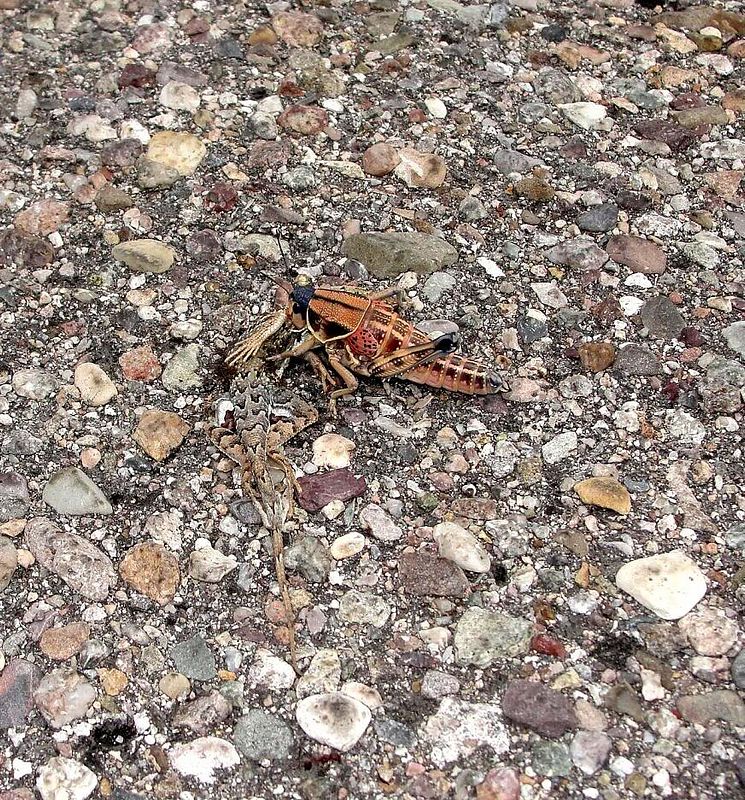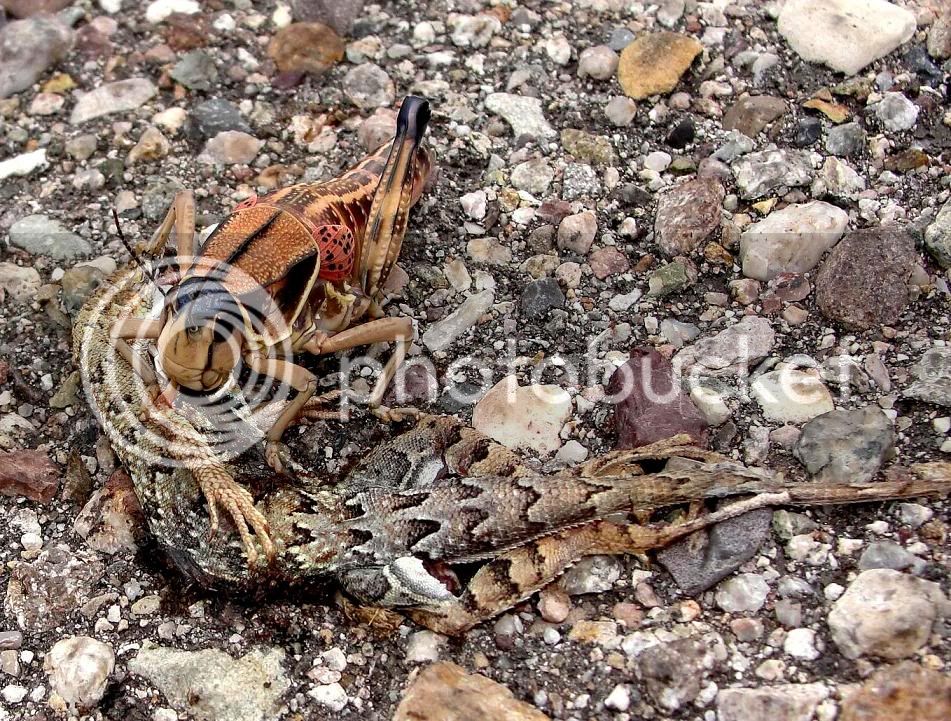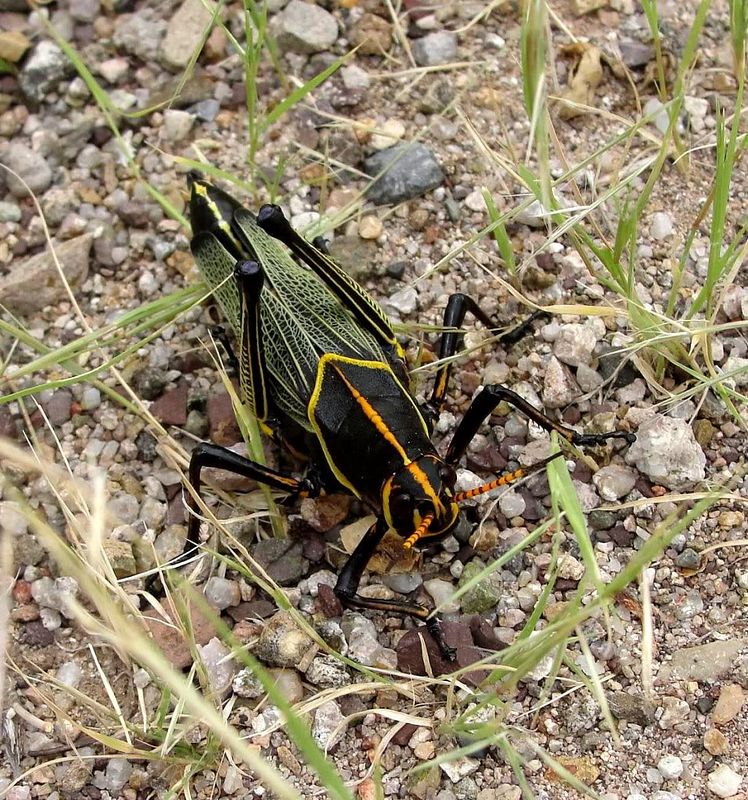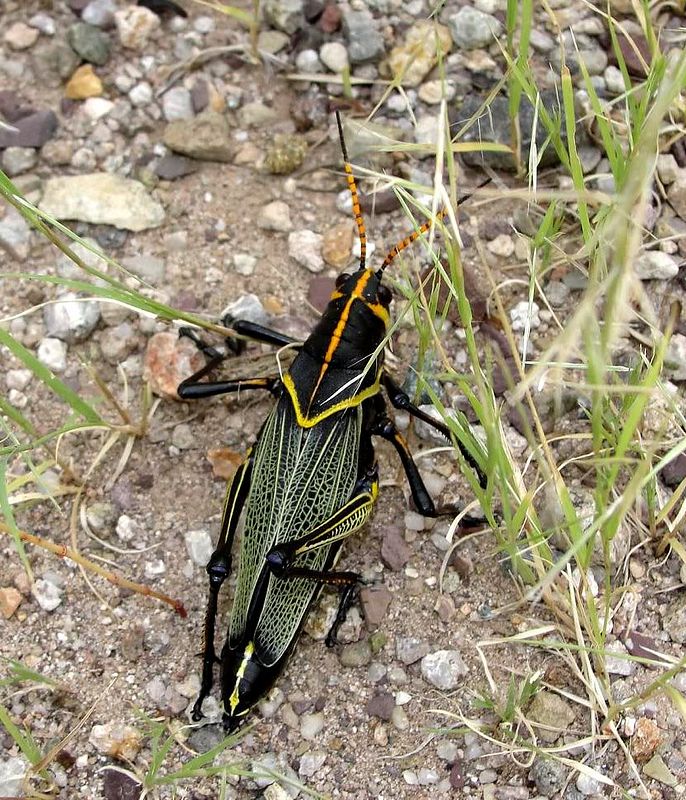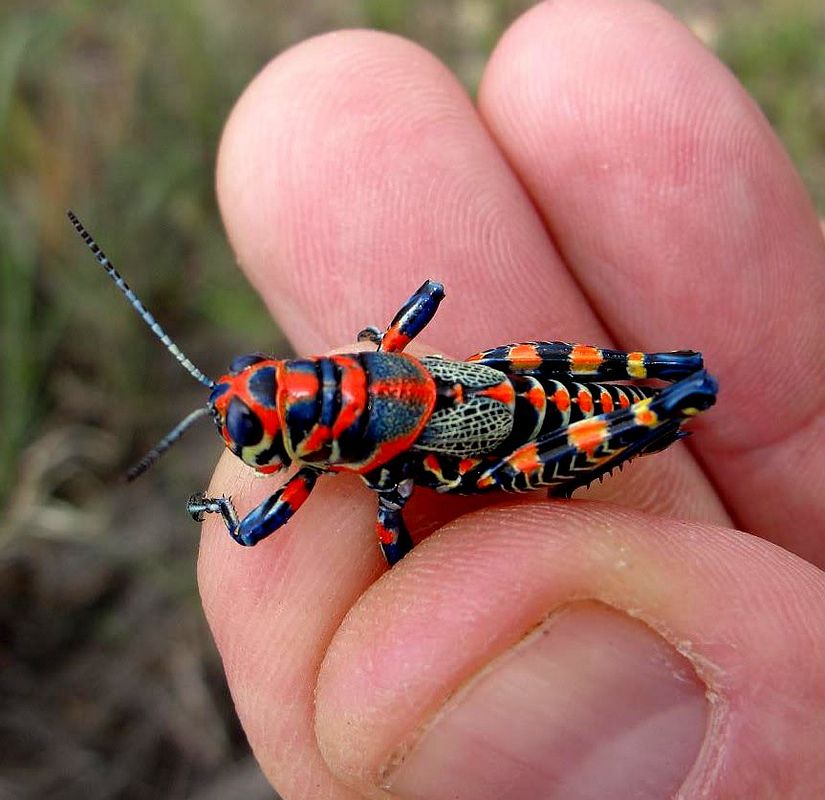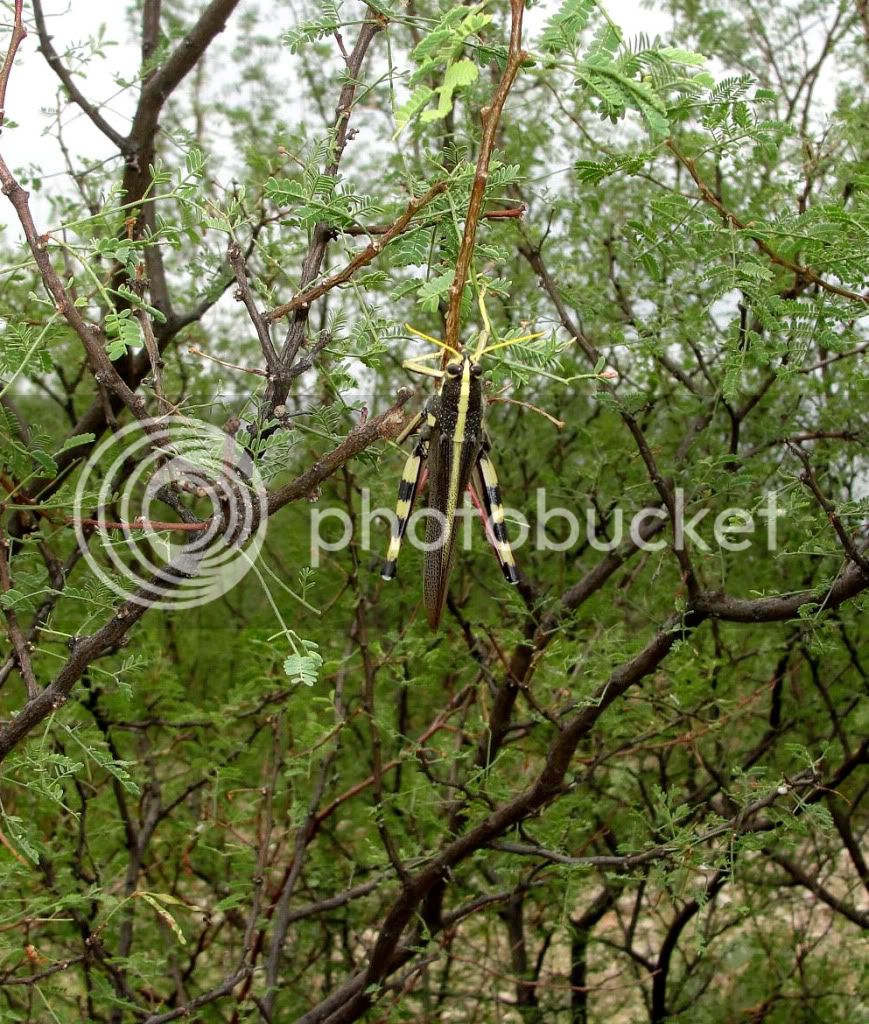Some of the rarer type of ant found here in Jesse Jones Park. Panther ant, Pachycondyla villosa or harpax.
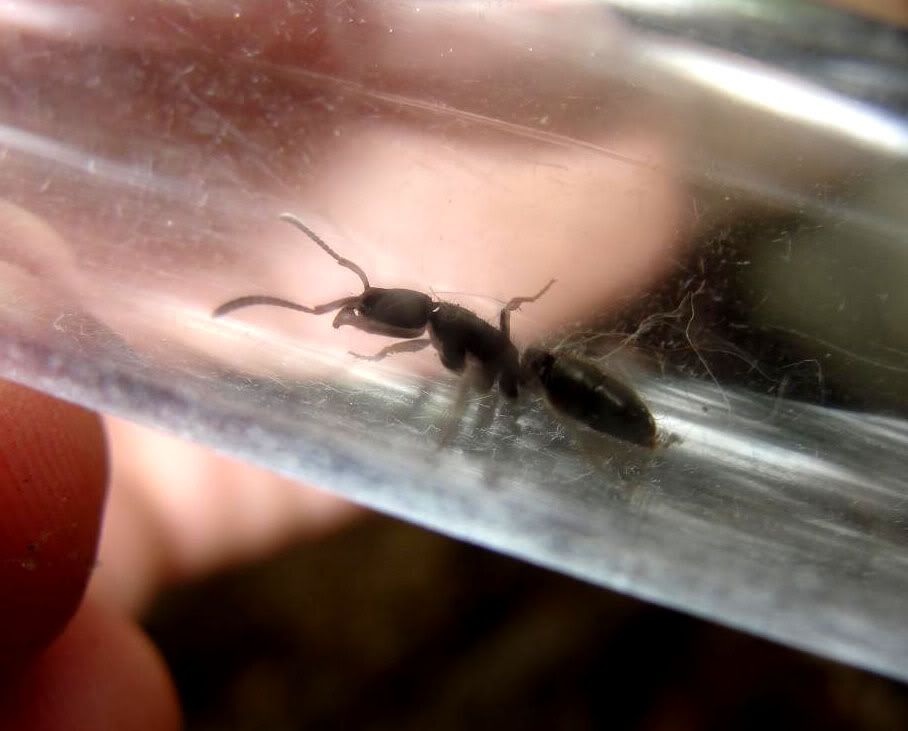
Some strange looking eggs found on a tree. All have hatched.
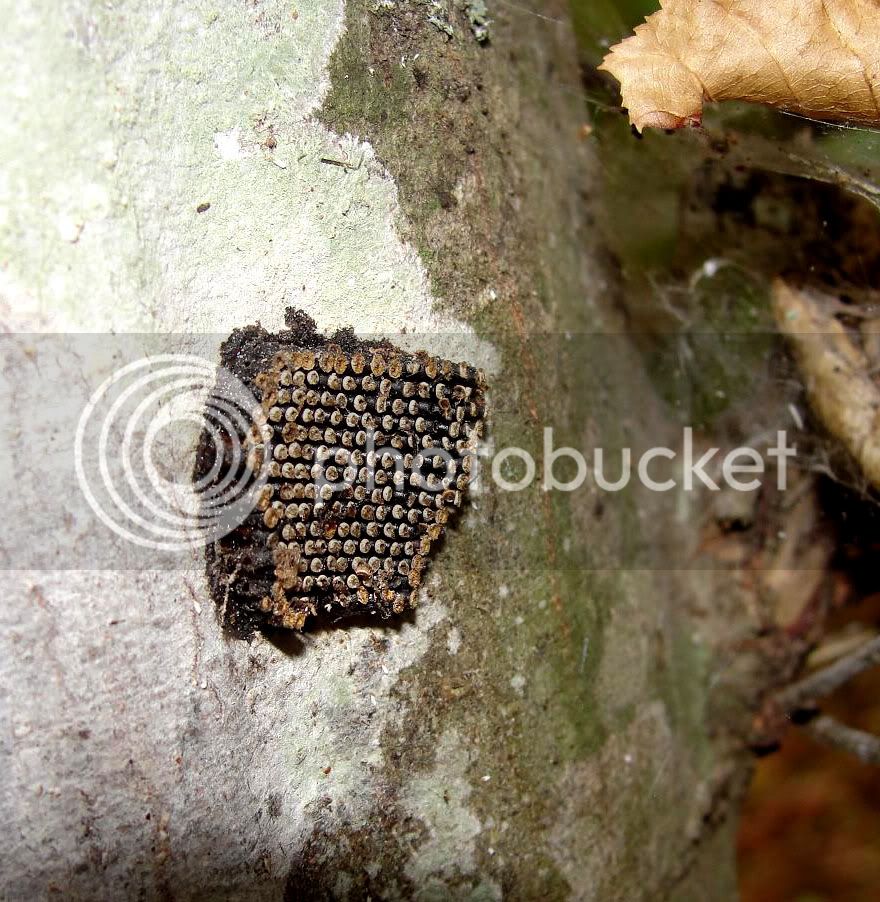
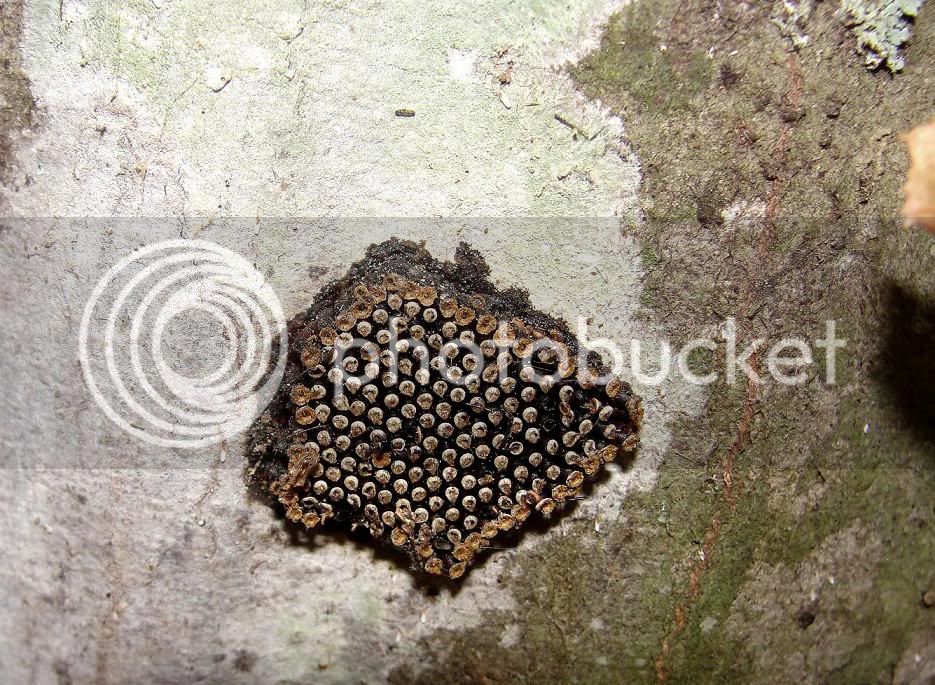
Park naturalist Anita checking out dropping from coyote.... looks like lot of squarrel hairs. Ekkkk..
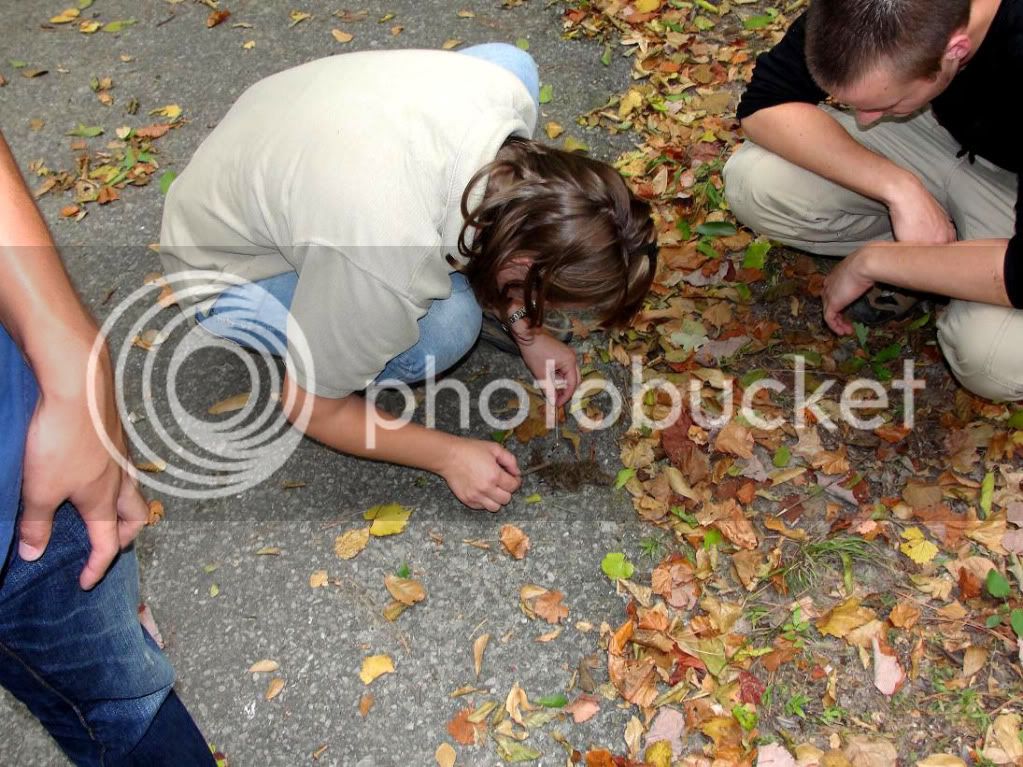
Saw an armadillo crossing a road. This one was quick and vanish in the bush in seconds.
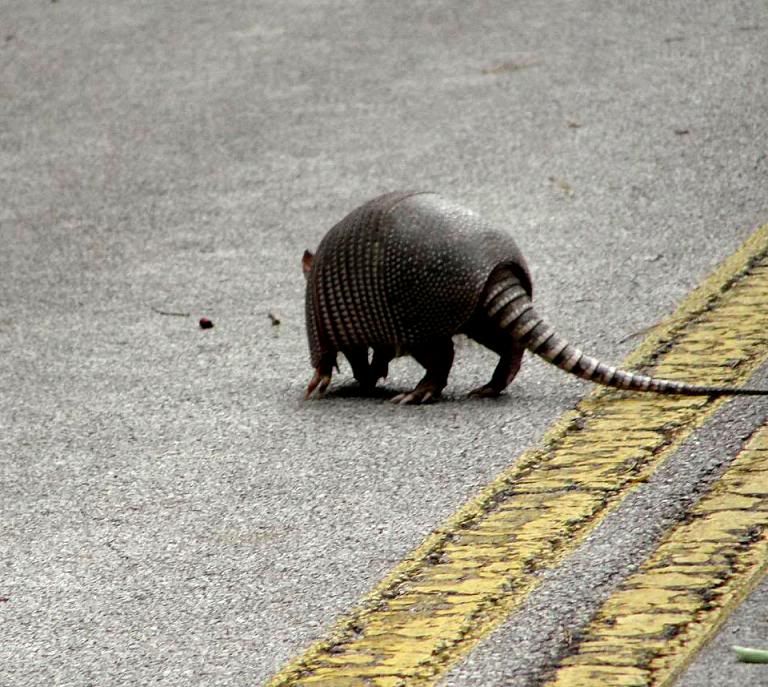
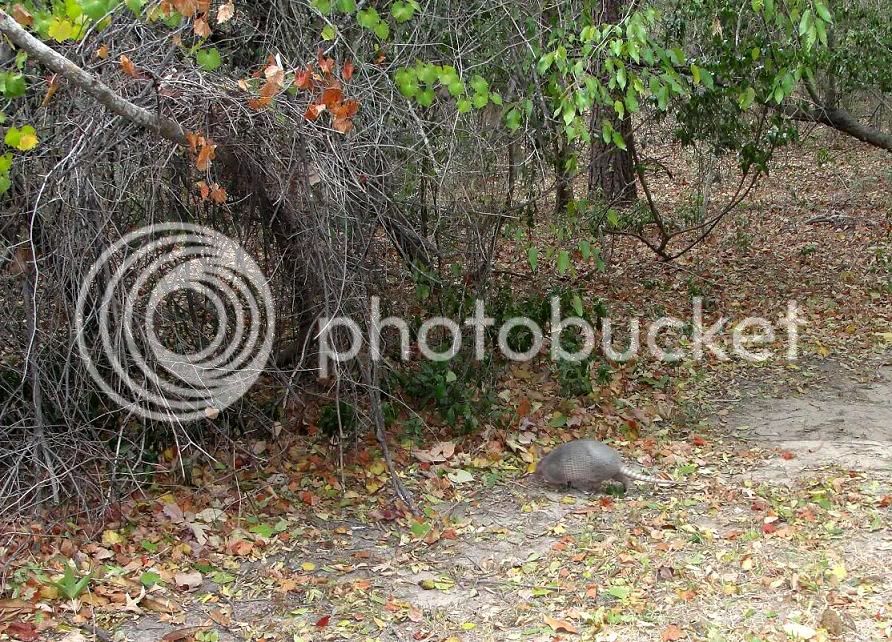
We try to follow the armadillo but it buried under the fallen leaves and disappeared, instead we found an egg case.
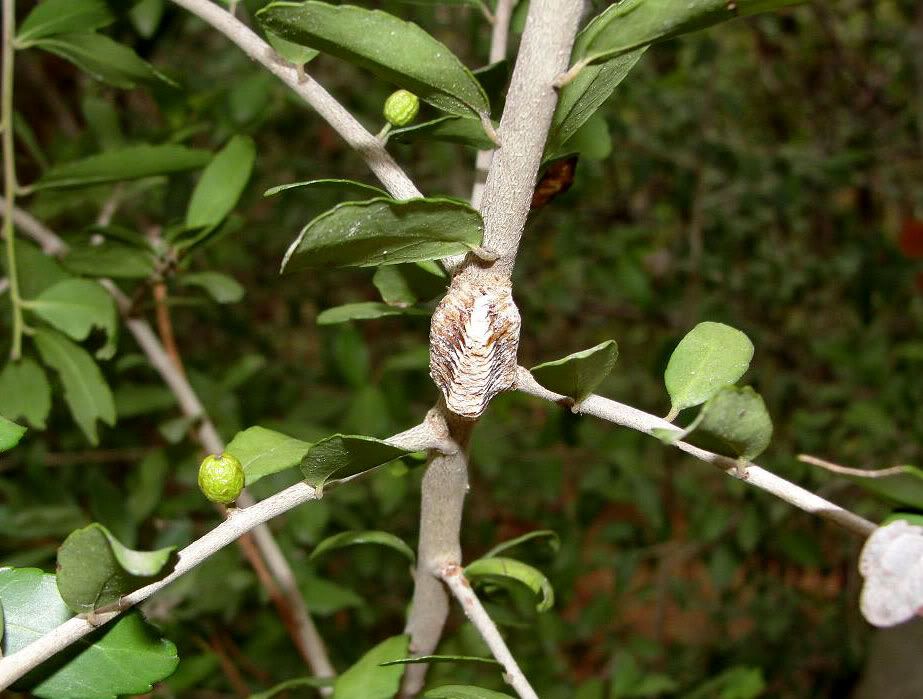
but also saw plenty of poison ivy, which is the type we should avoid contact to.

Most of the park is so dry....... but i guess some bugs adapt to dryer condition.
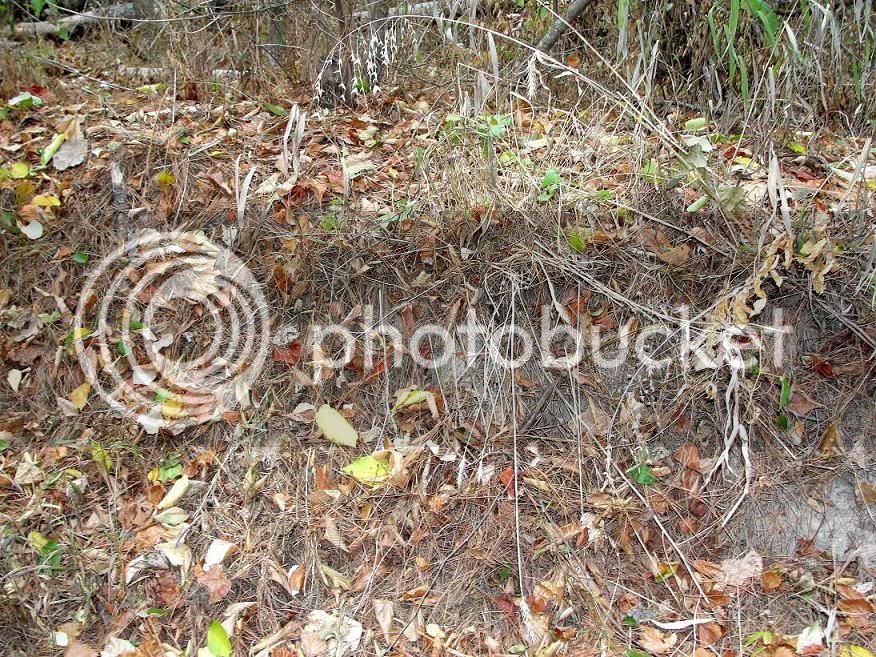
Sesbania drummondii, poison bean tree do well in sandy soil.
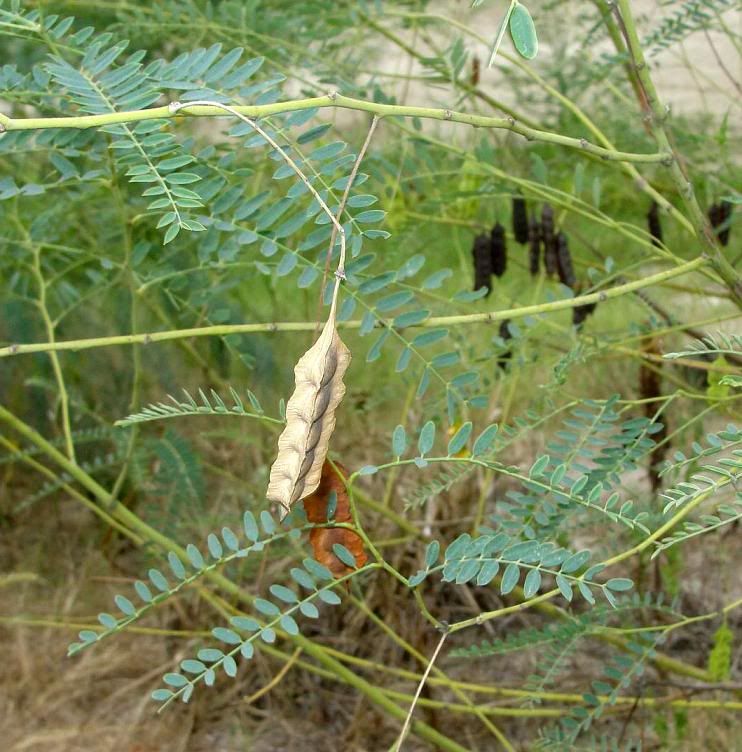

Some strange looking eggs found on a tree. All have hatched.


Park naturalist Anita checking out dropping from coyote.... looks like lot of squarrel hairs. Ekkkk..

Saw an armadillo crossing a road. This one was quick and vanish in the bush in seconds.


We try to follow the armadillo but it buried under the fallen leaves and disappeared, instead we found an egg case.

but also saw plenty of poison ivy, which is the type we should avoid contact to.

Most of the park is so dry....... but i guess some bugs adapt to dryer condition.

Sesbania drummondii, poison bean tree do well in sandy soil.





